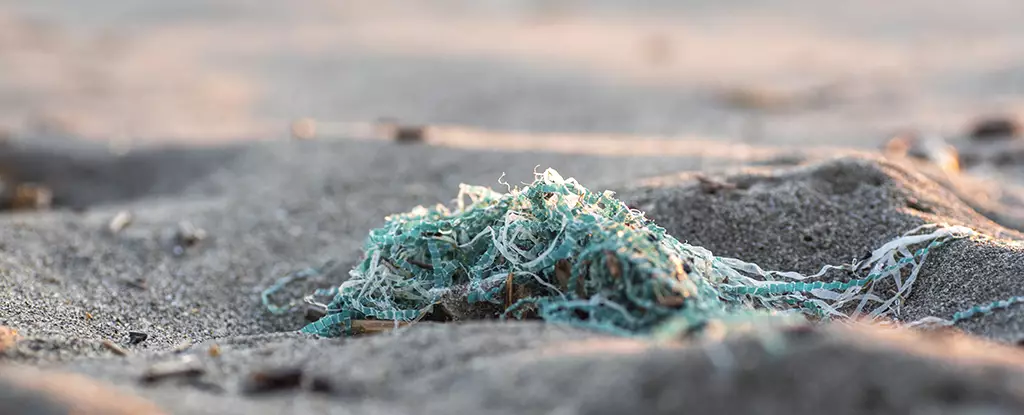In recent years, the environmental community has increasingly focused on the perils posed by microplastics and per- and polyfluoroalkyl substances (PFAS), commonly referred to as ‘forever chemicals.’ These pollutants have emerged as pressing concerns, not only for their individual detrimental effects but also for the compounded threats they pose when encountered together. Research conducted by a team at the University of Birmingham, United Kingdom, unveils shocking findings about the combined impact of these environmental toxins on aquatic life, revealing a need for urgent action and thoughtful policies.
The study utilized Daphnia magna, commonly known as water fleas, as a model organism due to their prominence in aquatic ecosystems. These tiny crustaceans serve as an essential link in the aquatic food web and are widely recognized as bioindicators of water quality. Researchers exposed these organisms to microplastics and PFAS separately and in tandem, observing their responses and physiological changes under controlled laboratory conditions. The results were sobering: exposure to both pollutants at once resulted in a staggering 41% increase in harmful effects compared to exposure to each contaminant alone.
The water fleas exhibited several distressing symptoms, including diminished growth, delays in reaching sexual maturity, and a notable reduction in reproductive outputs. Alarmingly, the severity of adverse effects escalated in organisms that had prior exposure to other chemical pollutants, reflecting a potential cumulative impact. Such findings highlight the intricate web of chemical interactions that can exacerbate environmental damage and disturb the delicate balance of ecosystems.
The ramifications of this study extend far beyond the aquatic realm. The detrimental effects on Daphnia magna signal that similar susceptibility may exist among other aquatic species and, ultimately, the organisms that rely on them, including humans. As microplastics are known to infiltrate even the most secluded environments, and PFAS are routinely detected in wildlife and rainfall, the omnipresence of these pollutants poses questions about the safety of our ecosystems. Increased awareness is necessary to fully understand how these substances disrupt not just individual species but entire ecosystems.
“We must delve into the combined effects of pollutants over the lifespan of wildlife to comprehend the true spectrum of risks these substances present under actual environmental conditions,” states Mohamed Abdallah, an environmental scientist involved in the research. His statement underscores the pressing need for comprehensive studies to illuminate the far-reaching consequences of pollution.
The Road Ahead: A Call for Comprehensive Research and Policy Development
This recent research is not merely an academic exercise; it serves as a clarion call for deeper investigations and more robust regulatory frameworks. As highlighted by Luisa Orsini, an evolutionary systems biologist, understanding the interactions between various pollutants is critical for developing effective conservation strategies. The ability to preemptively identify harmful combinations of pollutants will better guide policy initiatives aimed at mitigating environmental threats.
The identification of the “forever chemicals” alongside microplastics illustrates a quintessential example of how complex ecological interactions remain poorly understood. With rising pollution levels and increasing complexity in environmental contamination, it is crucial that researchers utilize advanced analytical techniques to better grasp the potential synergistic effects of multiple pollutants. Such efforts will inform regulatory frameworks that need to evolve in tandem with our understanding of the environment.
As we witness an alarming proliferation of microplastics and forever chemicals throughout nature, the need to take action has never been more urgent. By recognizing the interconnected nature of these pollutants and their combined effects, we can spur both scientific inquiry and policy reform to combat these modern environmental threats. Understanding the implications for both wildlife and human health is a critical step toward establishing effective frameworks that preserve ecological integrity for future generations. The future of our environments hangs in the balance—action is not just necessary; it is imperative.

Leave a Reply